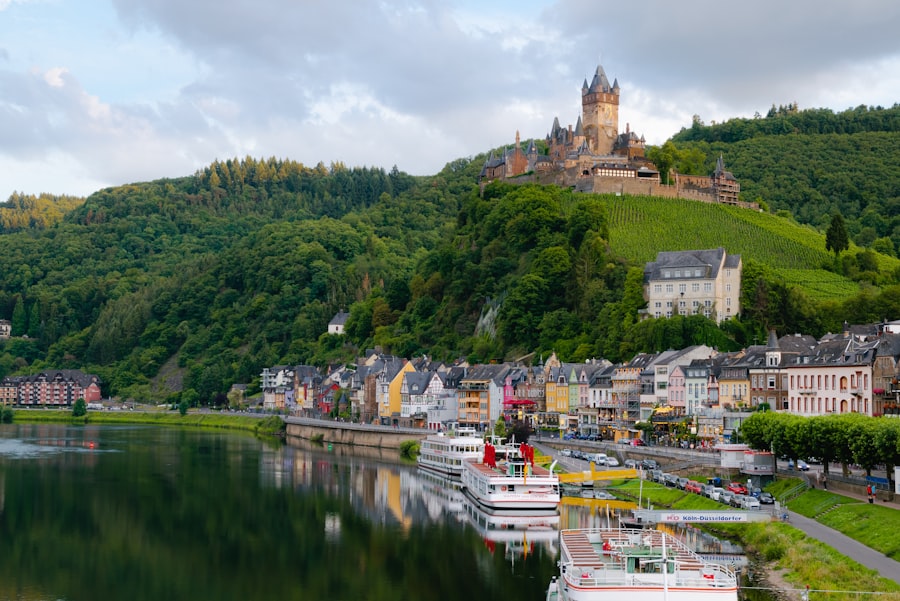It's been an interesting few weeks. I'm not going going to take a short bit of time spent overseas as a massive insight, but a) I grew up speaking several foreign languages, b) I've had a number of friends from overseas, and c) spent most of my time there with family and friends who live there - so this also isn't simply "redneck opines on things he doesn't understand" either.
This will also turn out to be a bit of a series.
Several thoughts off the bat.
First, under "what did I notice right away" - and no, not simple things like "no ice served with soda and water" as your high school language teacher likely told you.
Europe is far more decentralized than most would think, given how much trust in big government and central control and laws there is. The striking thing about going through Denmark, Norway, Holland, and spending a week in Germany was how few subdivisions there are. You have cities, of course, and apartment complexes, rowhouses/etc., and villages. What you did not have is a cluster of 400+ homes with no businesses within walking distance, in islands separate from large tracts of shopping districts, and so on.
Most of the villages were clusters of homes around a central set of streets, a couple small food shops, a butcher, a baker (or two), a gas station or two, with farmland surrounding them, in clusters, and a few kilometers over, another such village. This went on and on. Some homes at the edge had their respective farm plot - of the families that still owned the land - directly accessible, others were further out from the village. There were fewer lone farmhouses.
Of the families I spent time with, "compound" would be the operative word. You could see the bones of the original building, often over a hundred years old, that had been added to and expended, or an additional building added to the plot, such that multiple branches and generations were living together within a large building or small close-knit group of them, with common outdoor areas. In other cases there were more modern duplexes, in small clusters, but the overall village/small town node and business structure still held intact.
Yes, this is maintained in part by local and county/state rules that prevent large subdivisions, but keep in mind that urban planning in the states is also controlled by the respective municipalities. Those subdivisions and business parks and shopping zones? Centrally planned by the local town, county, and city councils.
In all fairness, outside of New England, the clustered village model didn't take hold too often. You can look at Cades Cove in the Smokies, southern plantations, or midwest farms, where there may be a nearby town that acted as a logistics point for buying supplies and trading, but farmers lived out on their farmsteads. They may get together to help out, but they didn't quite so much live together.

